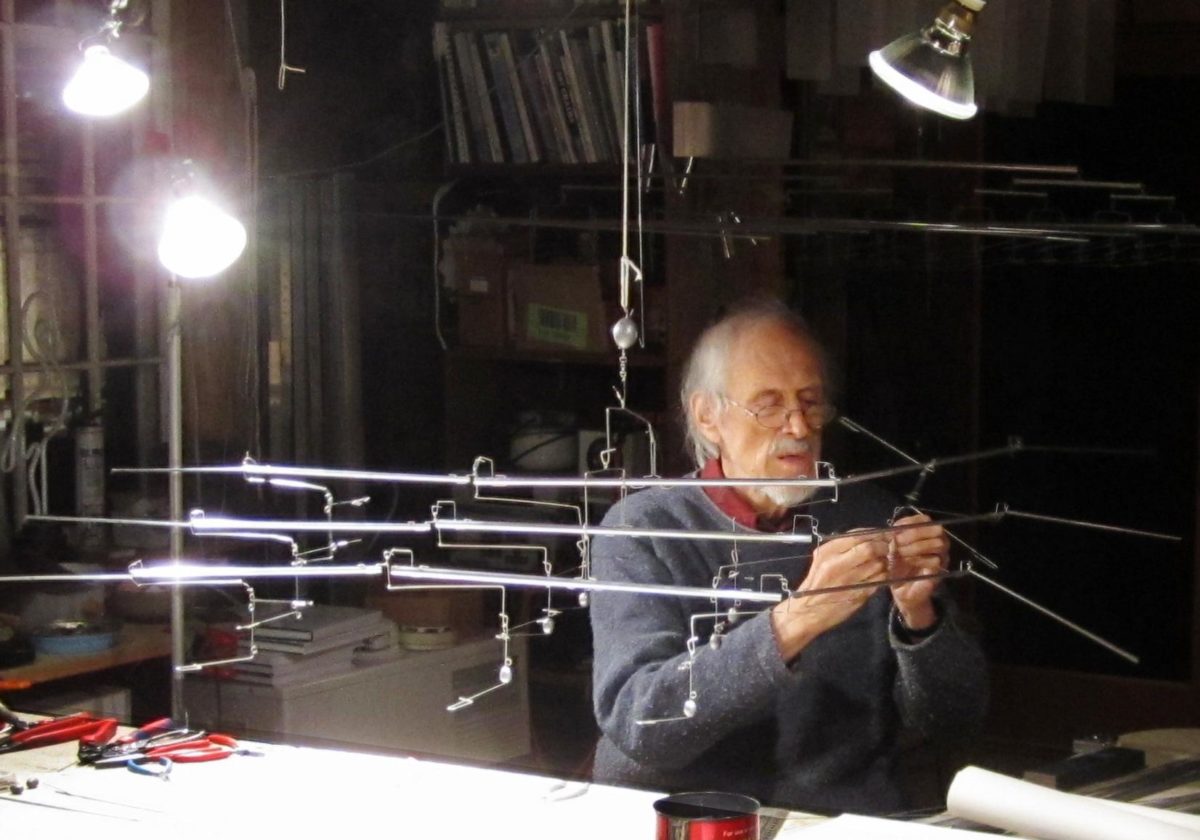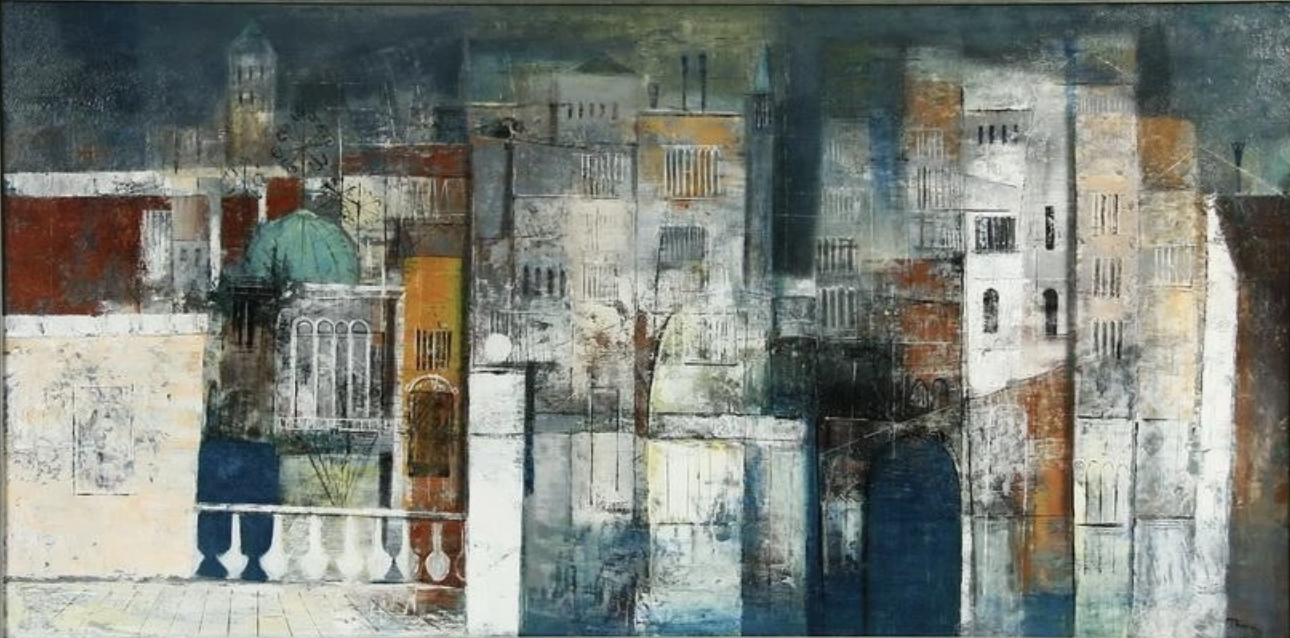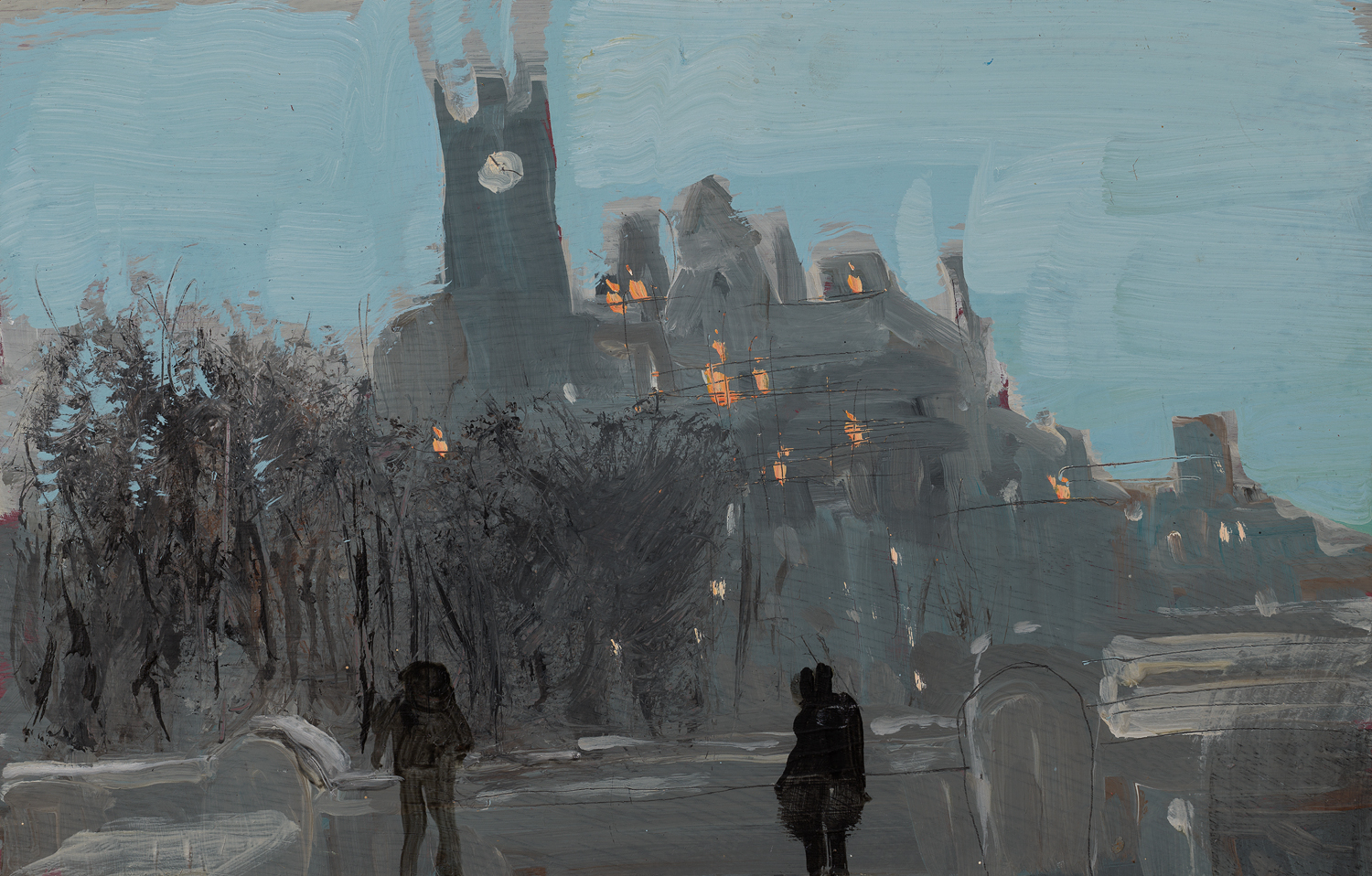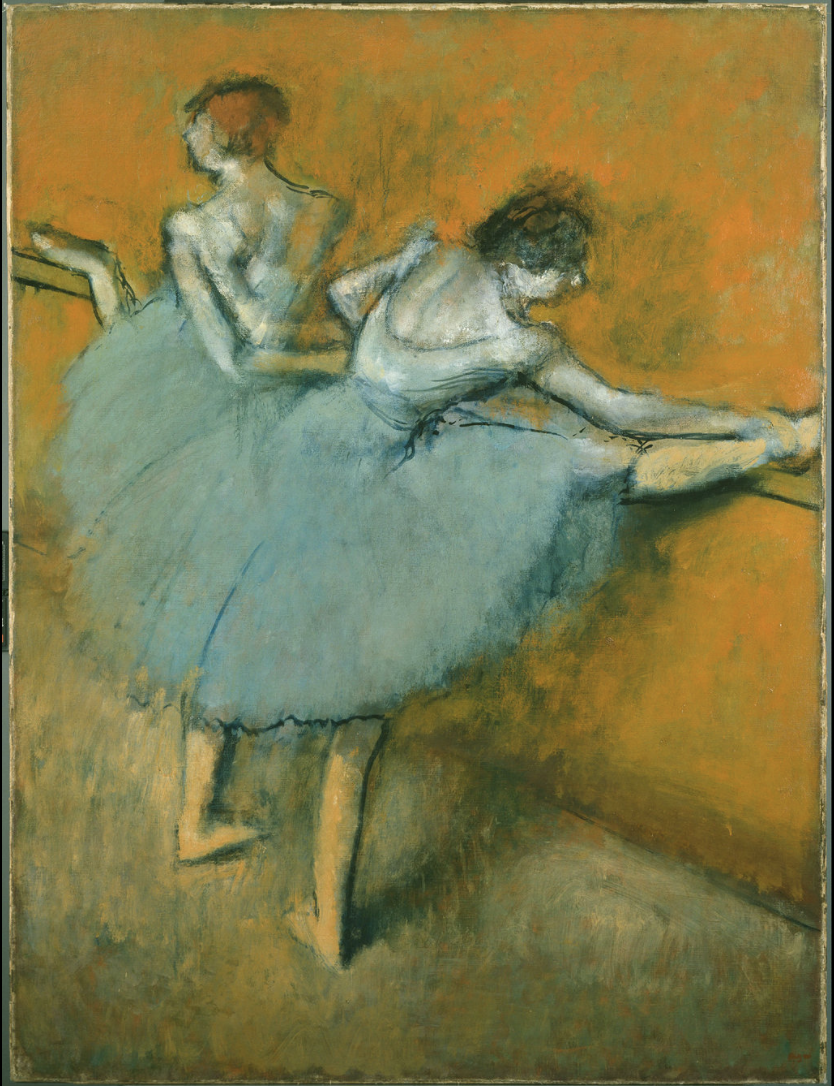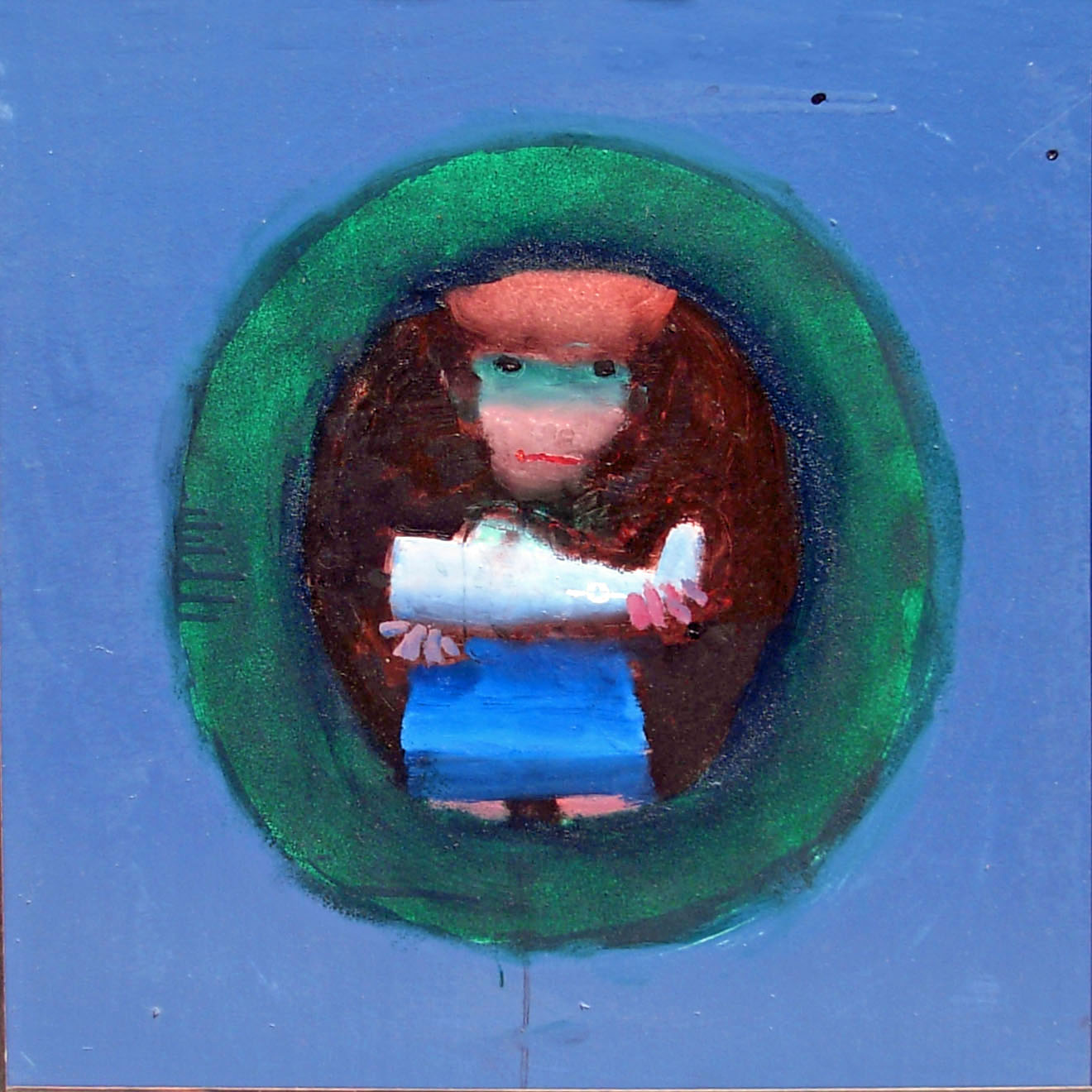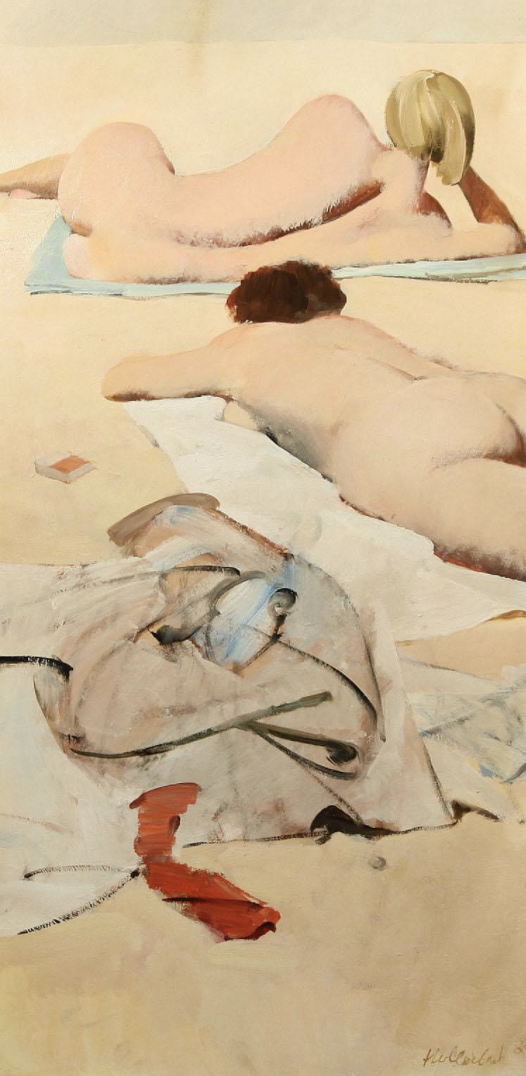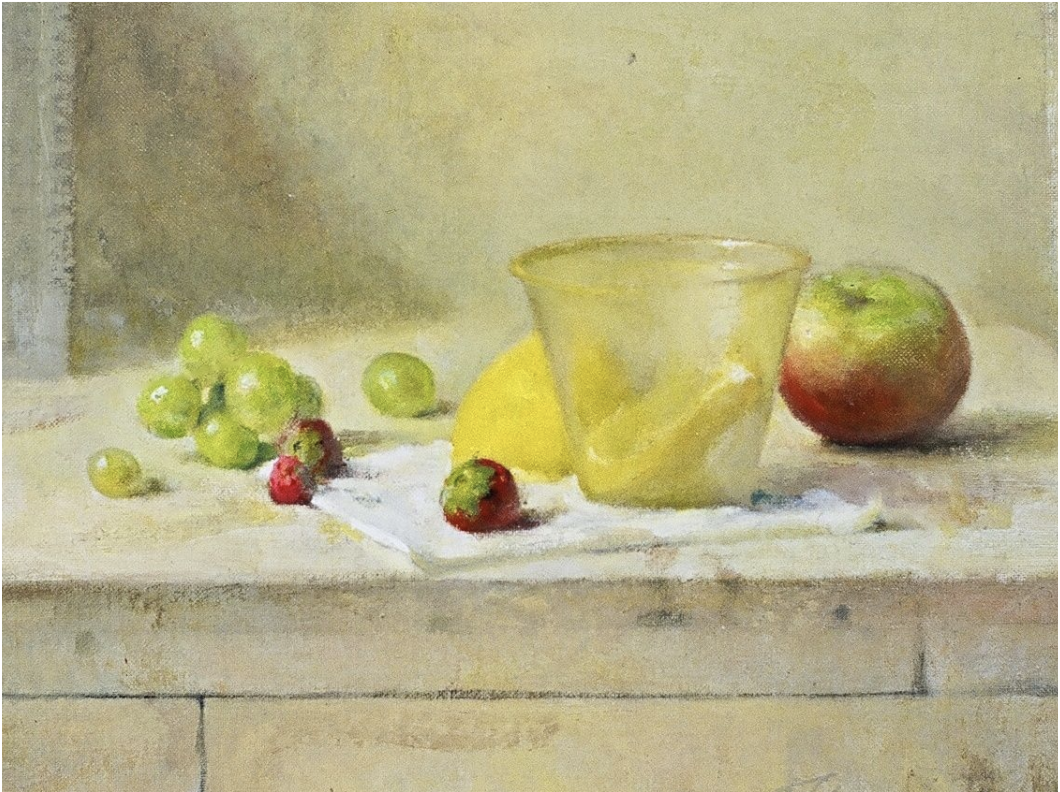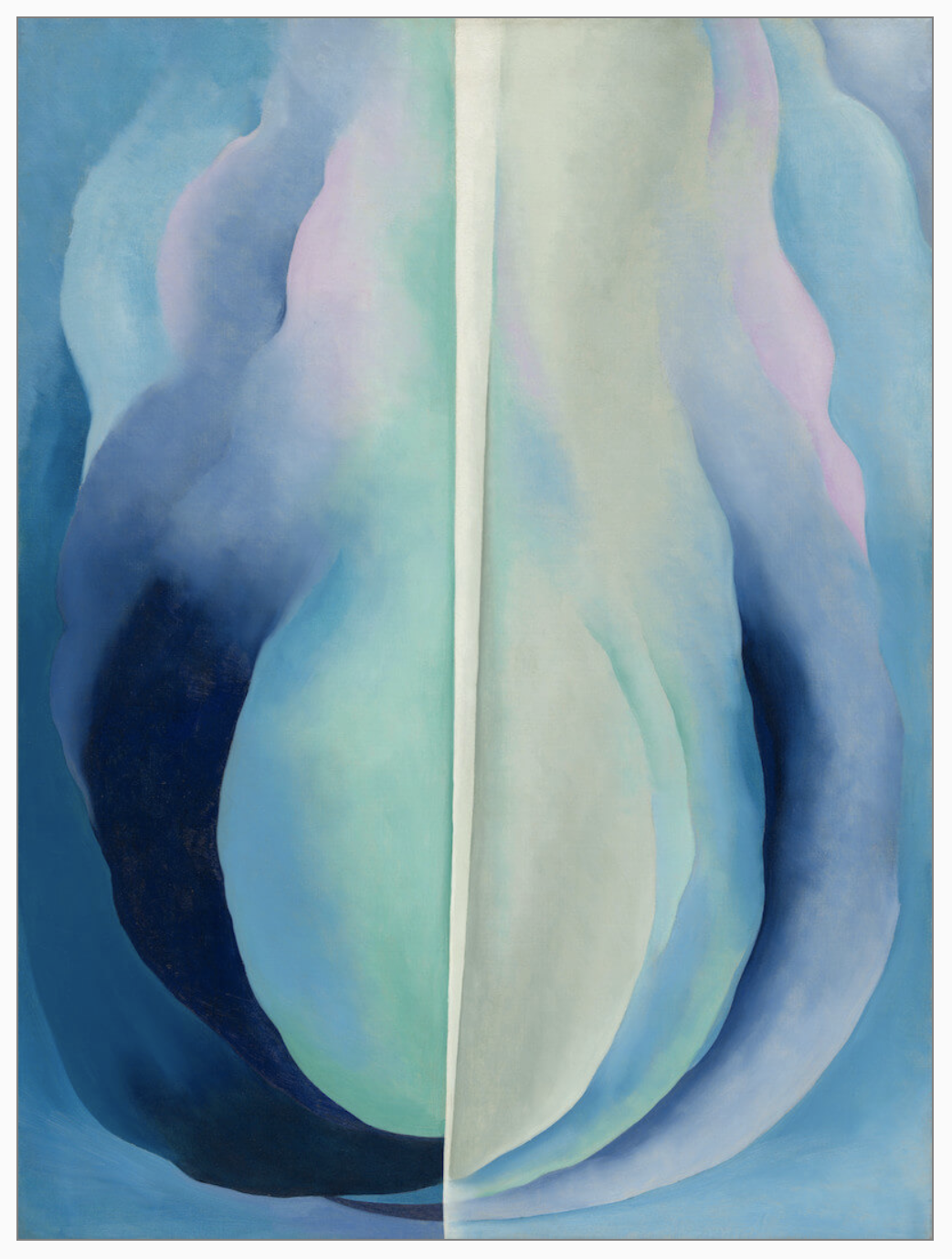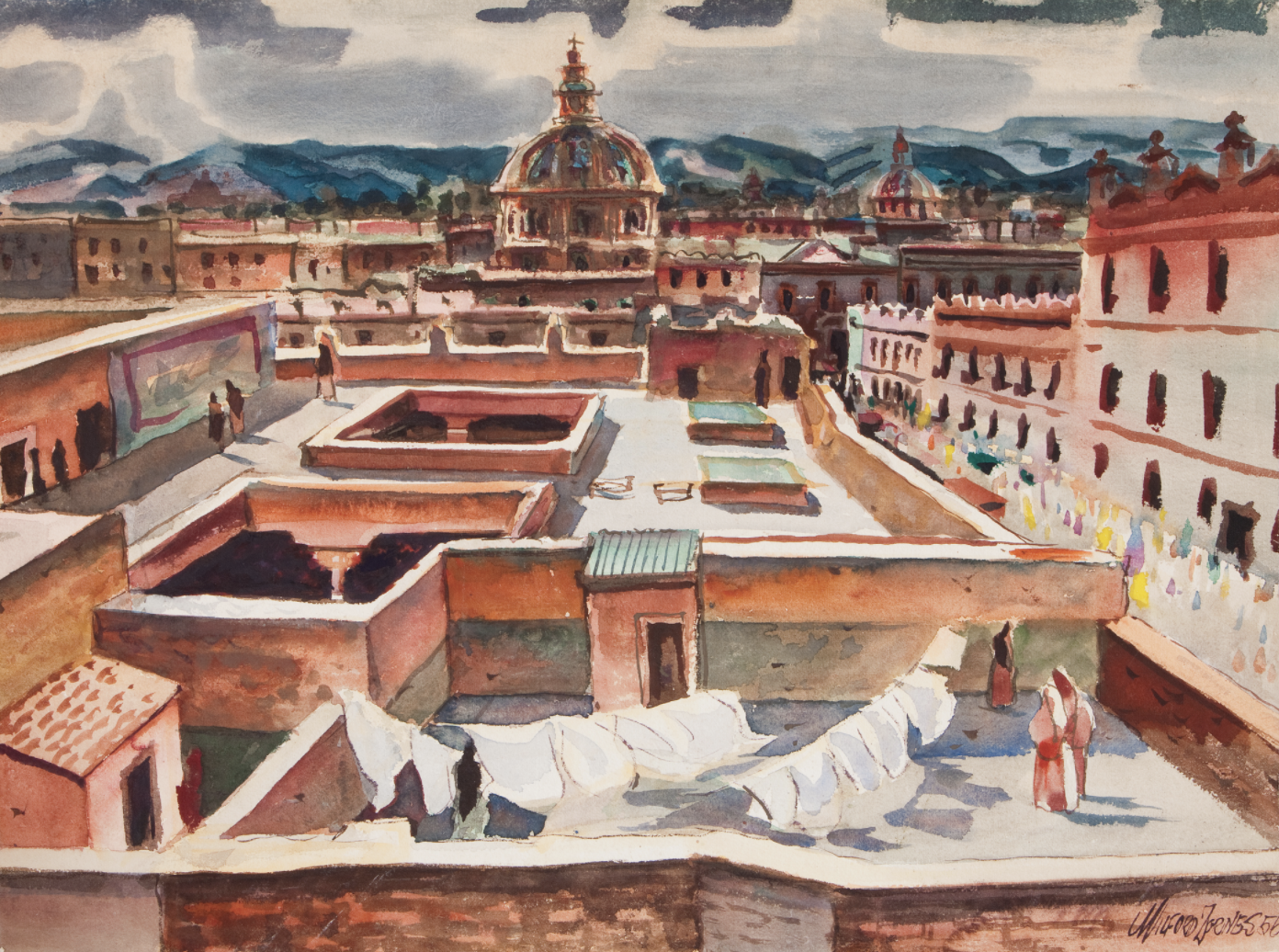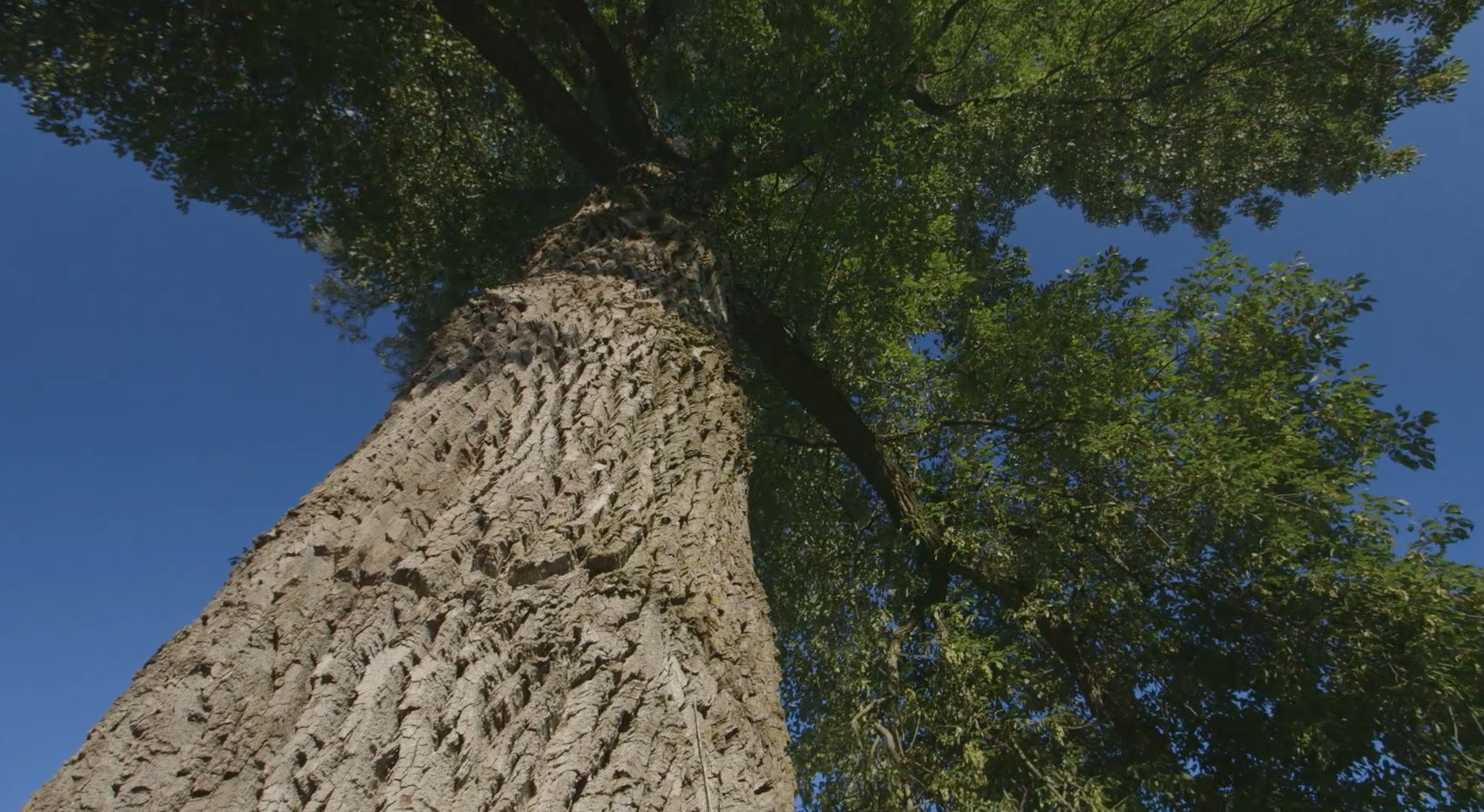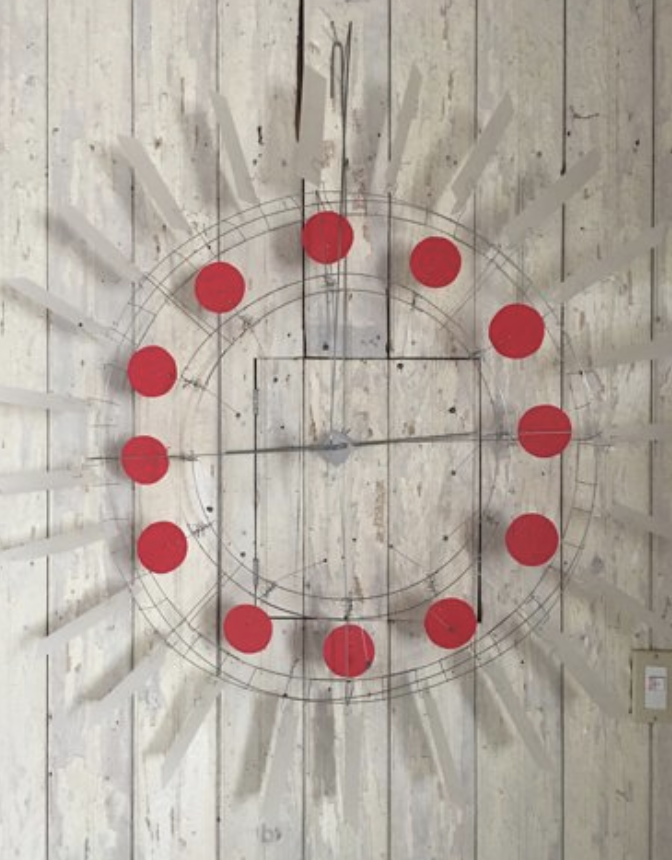
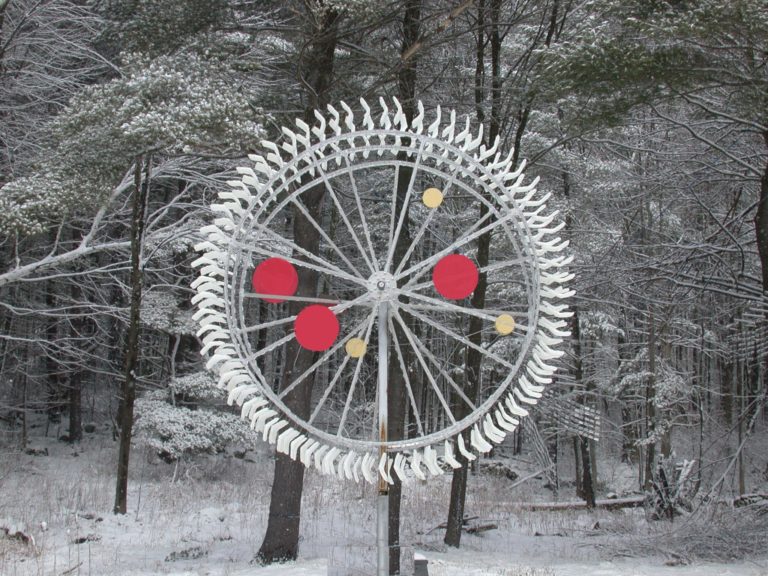
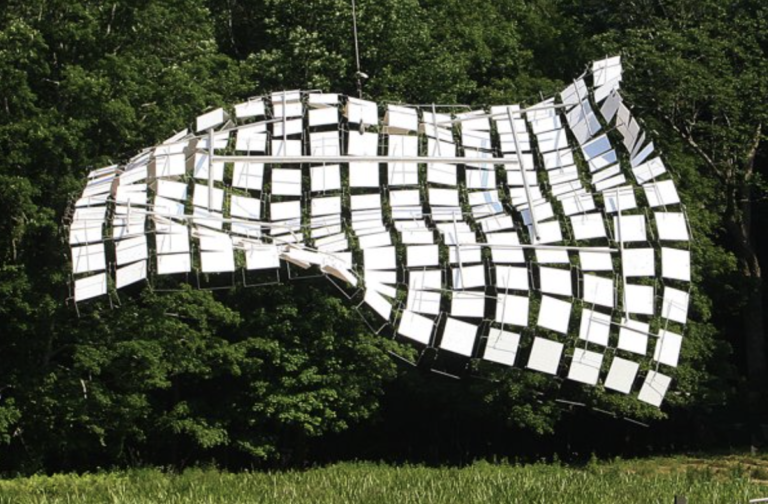
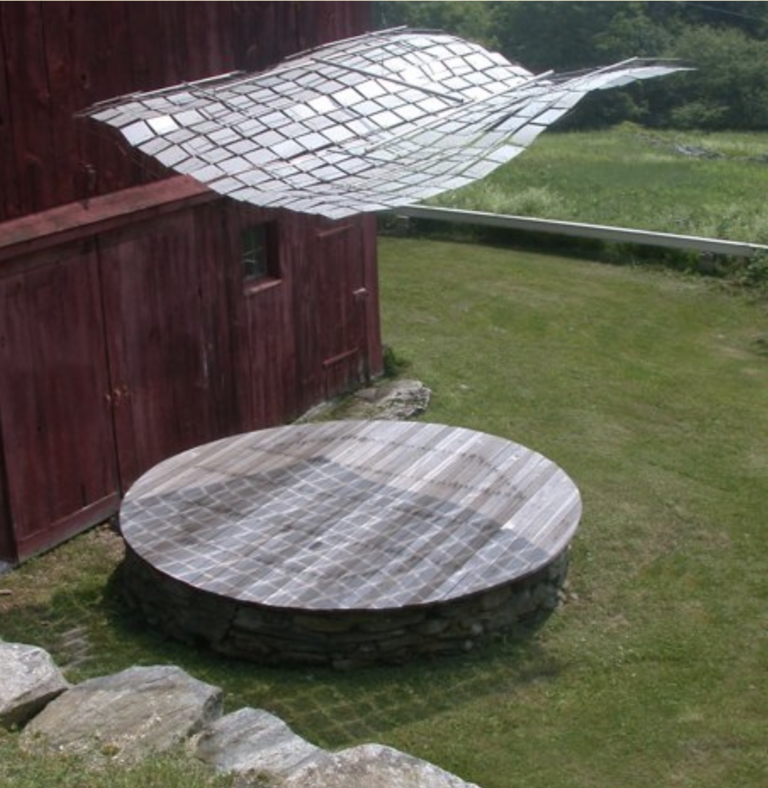
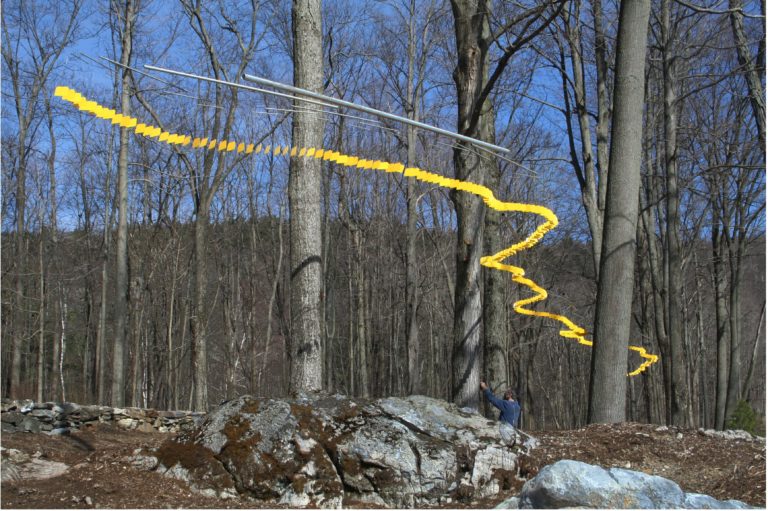
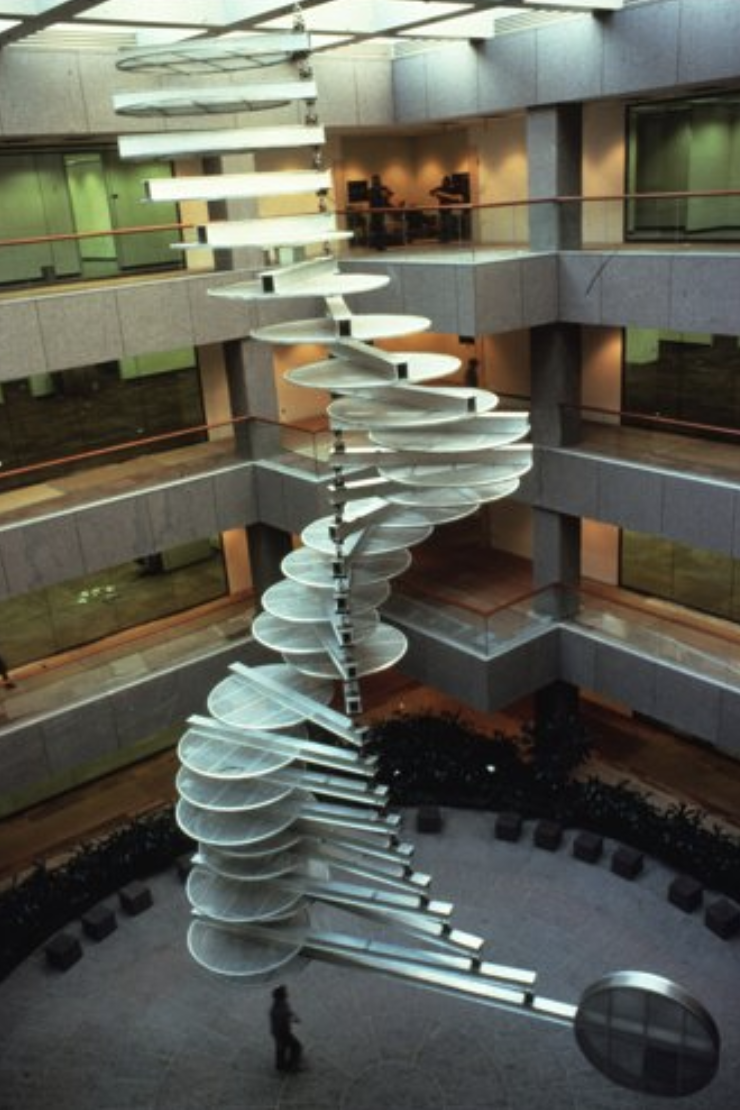
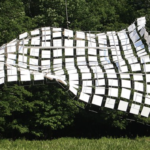
Tim Prentice
b. 1930
“I didn’t realize how much I could do with just feel. You can see with your fingers, in other words. I mean, for instance, people do their hair behind their head. They don’t think about it, don’t have to see it. They don’t have to look at their shoe to tie it. We have all these things that our fingers know how to do.”
Tim Prentice in a 2020 oral history with the Vision & Art Project
Biography
Born in 1930, Tim Prentice grew up in New York City and Connecticut. In the first part of his career, he became an architect after obtaining a master’s degree in architecture from Yale University. In 1965, he formed an award-winning architecture firm, Prentice and Chan, with Lo-Yi Chan. For the next decade, they worked on a number of notable projects.
Yet, from an early age, Prentice wanted to become an artist. A pivotal moment occurred during a school trip, when he saw a sculpture by Alexander Calder at the Addison Gallery in Andover, Massachusetts. As Prentice writes in his book, Drawing on the Air, he began to “visualize the artist’s hands bending the wire to find the balance.” Years later, while in architecture school, he would sometimes construct sculptures from found materials. And as he built his architecture practice, he made small kinetic sculptures on the side as time permitted. By the time he was in his early forties, sculpture won out, and he left his career as an architect.
Since 1975, his work has been exhibited regularly in one man and group shows. He has taught design at Columbia University and run residencies and workshops at Pratt Museum, Groton School, Hotchkiss School, and Goshen Center School. He has won a number of awards, including the Connecticut Governor’s Arts Award and the Transfield Holdings Kinetic Art Prize.
In addition to his smaller-scale sculptures, Prentice has spent the past 30 years doing public and corporate commissions of large-scale sculptures for institutions in the United States and abroad. His studio’s commissioned pieces can be found in such places as the Knight Cancer Research Building at Oregon Health and Science University (Portland, OR); the Sandy Hook Elementary School (Newtown, CT); the Phaeno Science Center (Wolfsburg, Germany); and Union Depot (St. Paul, MN). Two long-time assistants help him with this work: Dave Colbert (now Prentice’s corporate partner for large-scale commissioned works) and David Bean.
Tim Prentice’s post-macular working methods
Prentice was diagnosed with macular degeneration around 2000. As he describes in a 2020 oral history with The Vision & Art Project, in the years since, the disease has become second nature for him. In fact, he says he is “hardly aware” of his vision loss. He’s able to do many things by feel, uses four levels of magnification when he is working, and sometimes even finds that in certain circumstances seeing less well is an advantage in his work, since it better allows him to apprehend the entire context.
V&AP Resources Related to This Artist
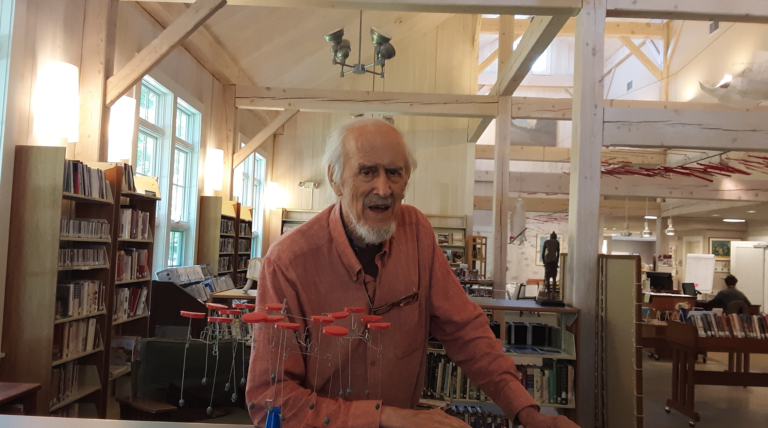
Feature Article
Kinetic Sculptor Says “Wind Is the Ultimate Artist”
An interview with kinetic sculptor Tim Prentice on the occasion of a recent exhibit at the Cornwall Library in Connecticut.
Read More
